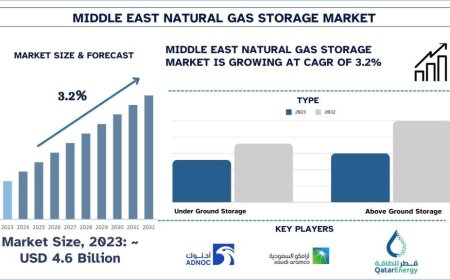The AR Follow Up Process: The Revenue Lifeline Most Practices Overlook
Learn why the AR follow up process is crucial to recovering revenue in healthcare. Discover how structured follow-up can reduce claim denials, speed up payments, and protect your bottom line.

Lets be honestwhen you're running a medical practice, your focus is where it should be: on patient care. But in the background, theres a quiet battle happening that often decides whether your business thrives or struggles: getting paid. The AR follow up processthat ongoing work of tracking unpaid claims and making sure they get resolvedis one of the most critical, yet neglected, parts of the revenue cycle.
If your team isnt following up consistently or strategically, you could be losing tens of thousands of dollars a year. And its not because the care wasnt delivered or billedit's because no one circled back to make sure the money actually came in.
What Does AR Follow-Up Really Mean?
Accounts Receivable (AR) follow-up is more than just checking on claims. Its the process of ensuring every billed service gets paidfully and on time. That includes investigating delayed payments, appealing denials, correcting claim errors, and staying on top of insurance companies that dont exactly make it easy to collect.
Its not glamorous work. It takes persistence, attention to detail, and an understanding of each payers quirks. But its also the work that keeps your revenue flowing.
Why It Often Gets Ignored
Most practices are swamped. Staff are busy scheduling patients, verifying insurance, submitting claims, answering phones, handling authorizations and the AR just keeps aging quietly in the background. Heres why follow-up often falls through the cracks:
-
No clear process in place
-
Not enough staff, or the wrong staff handling it
-
Denials feel too complex or overwhelming
-
Its not tracked or measured, so its not prioritized
The truth is, unless someone owns this part of the process, it tends to get buriedand aged claims turn into write-offs.
Building a Better AR Follow-Up Process
So how do you stop the leaks and get a grip on your receivables? It starts with structure and clarity. Heres what that looks like in a real-world practice:
1. Break Down the Aging Report
Dont treat your AR as one lump sum. Segment it by payer, age (30/60/90/120+), and amount. This helps you focus on the claims that matter most.
2. Assign It to the Right People
This isnt just another to-do list item. You need trained staff who understand denials, coding, and payer rules. Someone who knows what to say when they call the insurance companyand when to escalate.
3. Stick to a Schedule
Every outstanding claim needs a follow-up date. You cant afford to check in later or wait a few more days. Payers have deadlines. So should you.
4. Track Whats Happening
Use your billing software (or even a shared spreadsheet if you must) to log every actioncalls made, appeals sent, responses received. Youll avoid repeating steps or missing follow-ups entirely.
5. Fix the Root Causes
If denials are common, find out why. Is it coding? Missing documents? Incorrect patient info? Solve those issues upstream to reduce AR downstream.
The Real Impact on Your Bottom Line
A solid AR follow-up process does more than get you paid faster. It keeps your business healthy. Here's what it changes:
-
Fewer write-offs and lost revenue
-
Shorter payment cycles (no more waiting 90+ days)
-
Stronger cash flow and financial visibility
-
Improved staff efficiencytheyre not scrambling, theyre executing a plan
-
Less stress for everyone involved
Its also a win for patients. When claims are handled properly, theres less confusion about what they owe and fewer billing surprises.
Final Thought: Dont Wait Until It's a Problem
If no ones actively managing your AR follow-up, youre likely losing revenueand not even realizing it. This isnt something to put off or delegate without a plan. Its something to take control of, today.
Because in healthcare billing, you dont get paid for what you doyou get paid for what you follow up on.


































